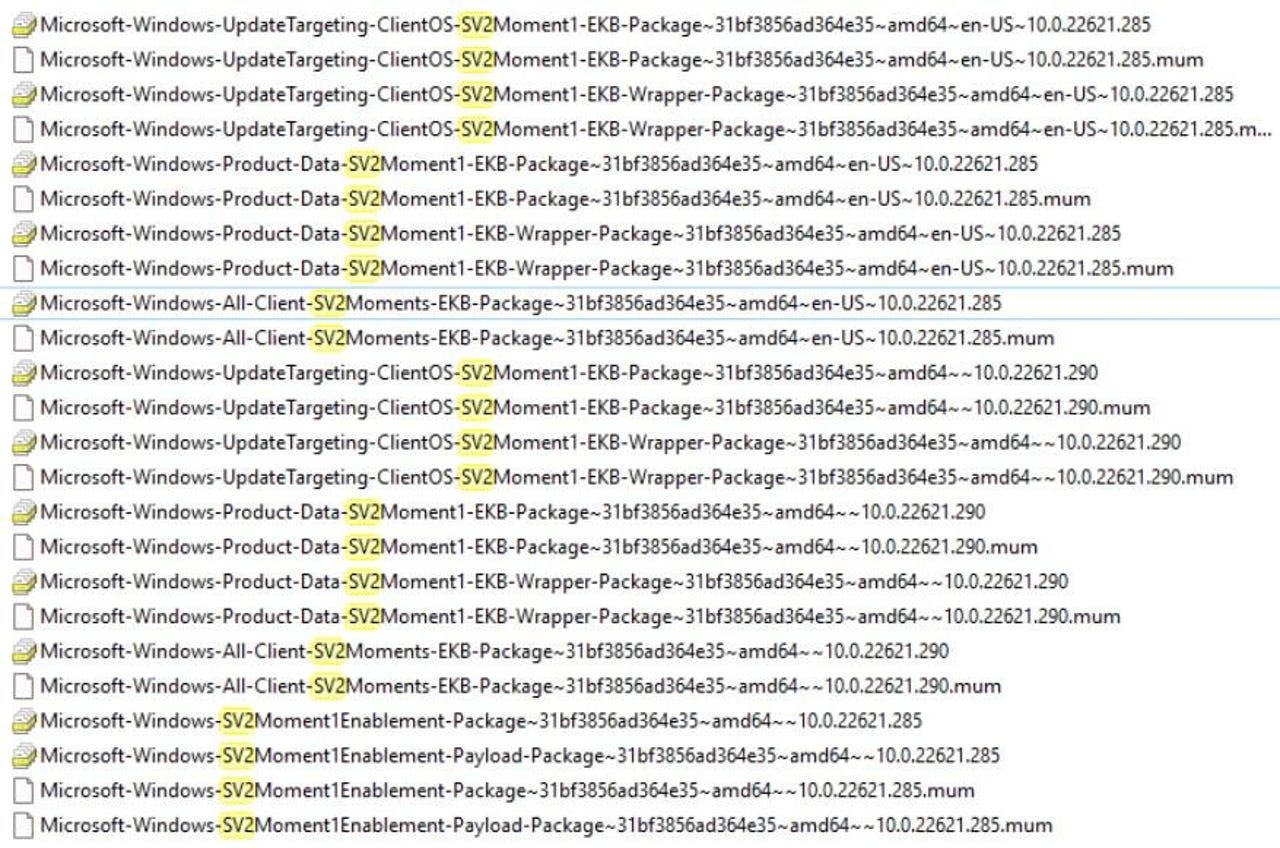































 Credit: @technosarusrex
Credit: @technosarusrex Just when Windows users were getting used to the largely well-received idea of Microsoft delivering a once-yearly feature update, the company may be about to shift gears yet again. Microsoft may be moving to a schedule where new Windows 11 features will roll out up to four times a year, and a "major" new release will happen every three years, according to a July 14 report byWindows Central.
Before IT admins grab their pitchforks, I think this change may be more of a public-relations move than something that will have major implications for how Windows releases are supported -- which is the main issue for many IT folks when it comes to new Windows releases.
The Windows group already started muddying the updated waters this year. After announcing to the joy of many admins that Microsoft would move Windows 10 and 11 to an annual feature update cadence with longer support terms, Chief Product Officer Panos Panay and the team made it clear that they would and could roll out new features whenever and however they wanted. In February this year, Microsoft rolled out a handful of new Windows 11 features simultaneously and outside of the promised second-half feature update.
Windows Centralsays that Microsoft's new plan is to roll out new features outside of major OS releases starting in 2023 as part of a new "Moments" engineering effort. (Even the name "Moments" has a very PR-ish ring to it.) These drops could happen as many as four times a year,WinCentralsays. One of my contacts -- @techosarusrex on Twitter -- showed me last week his servicing search results, which revealed a possible "Moment" feature drop. He speculated this drop could be related to the 22622 Windows 11 test build that Microsoft made available to the beta channel last week. (See the screenshot from him embedded above in this post.)
LikeWindows Central, I had heard from one of my sources that the next "major" release of Windows client would be known as "Next Valley," or NV. (Windows 11 was codenamed "Sun Valley," or SV.)Windows Centralsays this client release is happening in 2024 now, not next year. I have not heard a target date for it myself.
This report has me wondering about several things, none of which I'm sure Microsoft will explain right now:
Vendors wanting to maintain secrecy around new hardware releases is understandable. But when the majority of a company's customers are business users, similar secrecy -- especially around software and servicing -- is far less so. Businesses need predictability, and over the past year, predictability has been sorely lacking in the Windows space. Many in the Windows team seem to want Windows on PCs to move to the kind of feature update schedule that is accepted on phones and tablets. But this ignores the fact that businesses -- the biggest Windows PC constituency -- are not keen on this.
I will update this post if and when I hear back from Microsoft on the reported Windows servicing changes. I'm not holding my breath for anything beyond "we have nothing to share," but stay tuned.
Update: "Microsoft has nothing to share regarding this speculation. Check out the February Windows Experience blog from Panos for info on Windows' update cadence," a spokesperson said.
 Tags chauds:
technologie
Services et logiciels
Tags chauds:
technologie
Services et logiciels